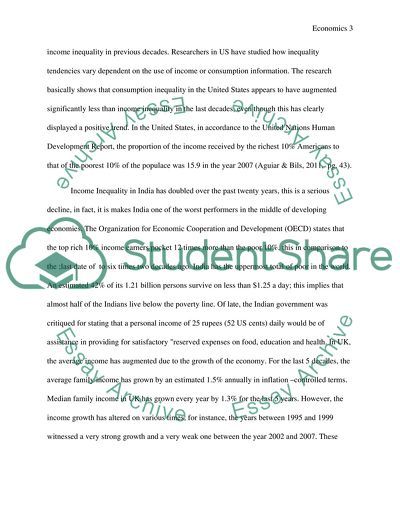Cite this document
(Inequality Essay Example | Topics and Well Written Essays - 2000 words, n.d.)
Inequality Essay Example | Topics and Well Written Essays - 2000 words. https://studentshare.org/macro-microeconomics/1867055-inequality
Inequality Essay Example | Topics and Well Written Essays - 2000 words. https://studentshare.org/macro-microeconomics/1867055-inequality
(Inequality Essay Example | Topics and Well Written Essays - 2000 Words)
Inequality Essay Example | Topics and Well Written Essays - 2000 Words. https://studentshare.org/macro-microeconomics/1867055-inequality.
Inequality Essay Example | Topics and Well Written Essays - 2000 Words. https://studentshare.org/macro-microeconomics/1867055-inequality.
“Inequality Essay Example | Topics and Well Written Essays - 2000 Words”. https://studentshare.org/macro-microeconomics/1867055-inequality.


